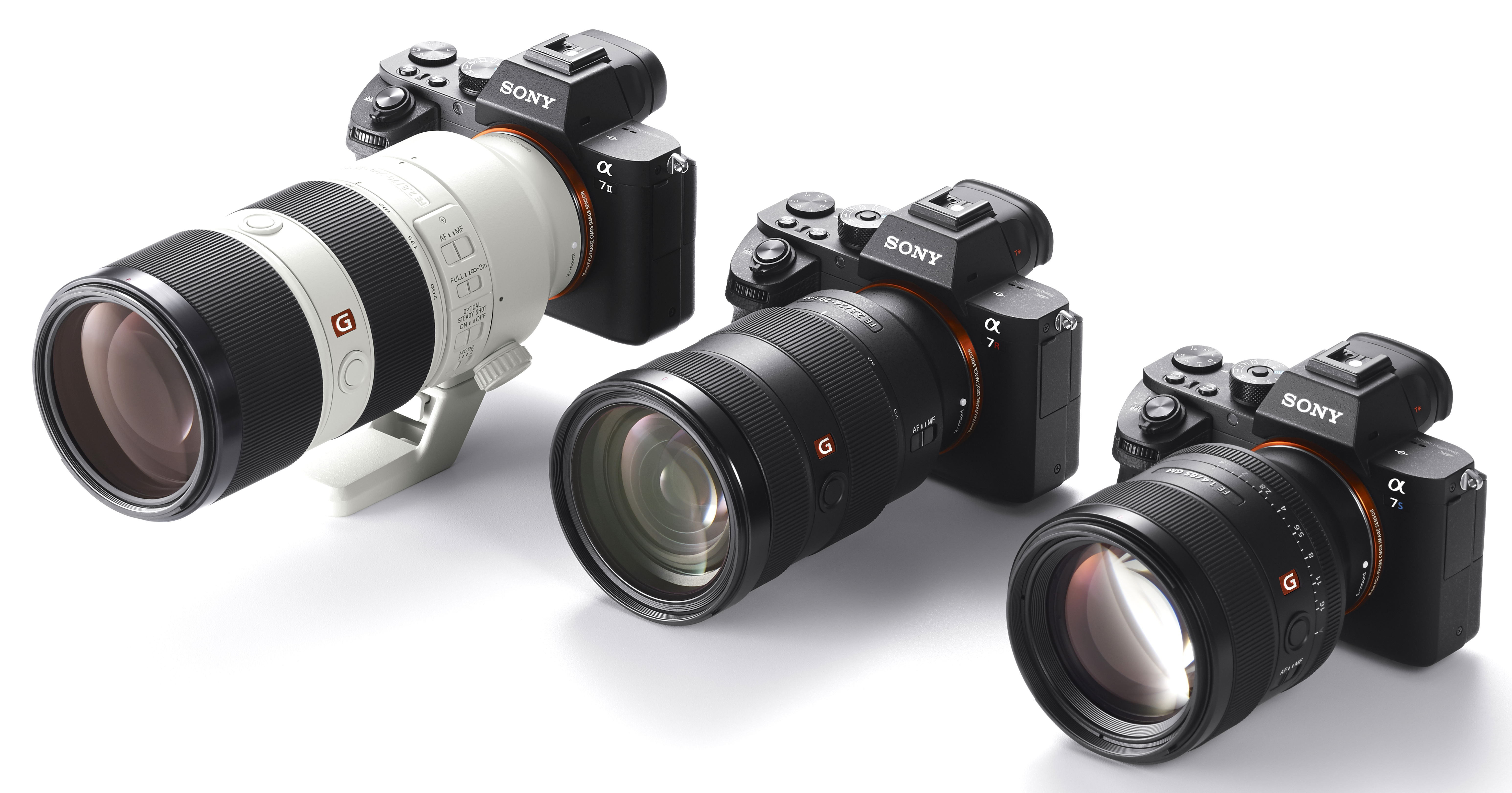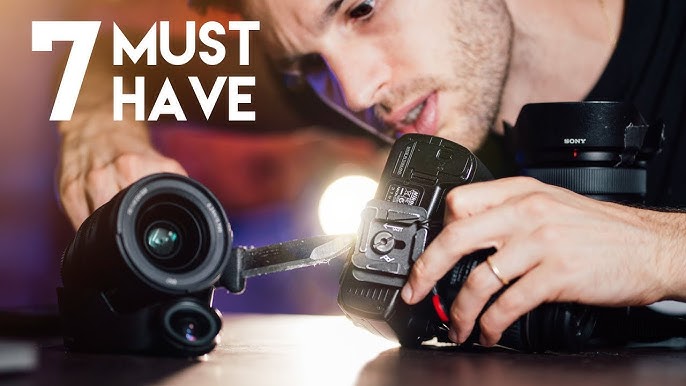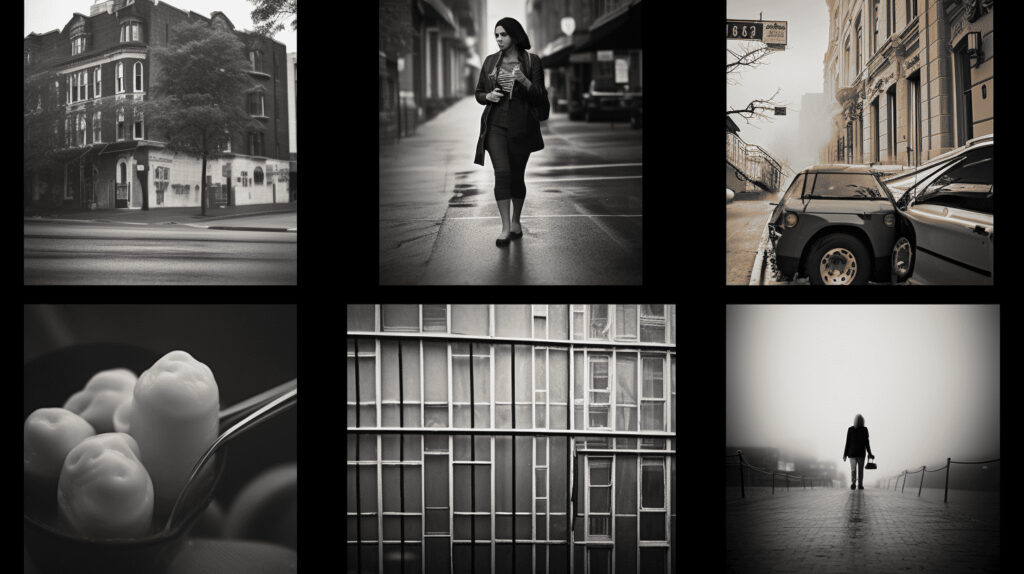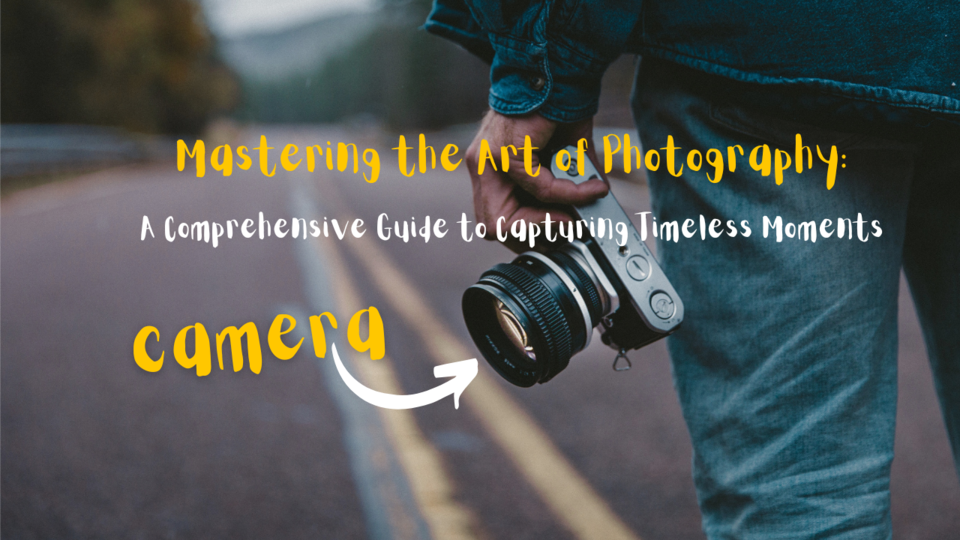Mastering the Lens: Innovations and Techniques in Modern Photography

17-12-2024, 17:33 Admin 6 917 0
When peering through the lens of progress, the world of modern photography presents itself as a striking tapestry of innovation and spectacular techniques. Recent advancements in technology have dramatically transformed the photography landscape, empowering professionals and amateurs alike with remarkable tools optimizing efficiency and creativity.
Among the dynamic tools which have revolutionized modern photography, drones stand prominent for their ability to capture breathtaking aerial views and stunning panoramas. Previously, photographers had to resort to expensive helicopters or airplanes to achieve such shots. Now, the use of drones has democratized this niche, offering a new perspective and significantly enhancing the efficiency of obtaining such imagery.
The rise of highly sophisticated editing software is another evolution that underscores the technological make-over in photography. Platforms like Adobe's Lightroom and Photoshop have metamorphosed from simple, desktop-only software packages to versatile, cloud-based services. These powerful tools offer advanced features such as neural filters, sky replacement, and super-resolution techniques that go beyond conventional touch-ups, enabling photographers to exercise greater artistic freedom with lesser time.
Another novel tool that has recently gained traction in the world of photography is the use of artificial intelligence (AI). Luminar AI is one such photo editing software that makes use of this cutting-edge technology. It uses AI to analyze the image and suggests specific adjustments like adding light, saturating colors, or enhancing details, thereby taking a significant load off the photographer's plate. This optimizes efficiency without compromising on the quality and creativity of the final product.
Virtual Reality (VR) photography is an innovation which marries cutting-edge technology to the age-old art of photography. Technological advancements have made it possible to create 360-degree panoramic images that provide an immersive viewing experience like none other. This technique uses software like Insta360 Studio, which stitches together several photos, creating a seamless three-dimensional effect.
Then there's 'computational photography’, an exciting field where information from multiple photos or sensors is used to create an image that can't be achieved from a single snapshot. One of the best examples of this is Apple's Night mode feature. Introduced with iPhone 11, this tool uses advances in software and processing power to capture stunning images even in low light.
Moving on, let’s talk about innovations in learning photography. With resources like MasterClass and CreativeLive, gaining expertise in professional photography is no longer confined to traditional classrooms. These platforms provide flexibility for learners to access lectures from globally renowned photographers anytime, anywhere, thus improving overall learning efficiency.
In summary, wielding the power of these innovations paves the way for becoming a master behind the lens. From drones to artificial intelligence, to virtual reality and computational photography, these tools and techniques are transforming the canvas of modern photography. Hence, photographers who embrace these innovations not only enhance their artistic prowess but also optimize their efficiency, staying ahead in this fast-evolving digital era.
Among the dynamic tools which have revolutionized modern photography, drones stand prominent for their ability to capture breathtaking aerial views and stunning panoramas. Previously, photographers had to resort to expensive helicopters or airplanes to achieve such shots. Now, the use of drones has democratized this niche, offering a new perspective and significantly enhancing the efficiency of obtaining such imagery.
The rise of highly sophisticated editing software is another evolution that underscores the technological make-over in photography. Platforms like Adobe's Lightroom and Photoshop have metamorphosed from simple, desktop-only software packages to versatile, cloud-based services. These powerful tools offer advanced features such as neural filters, sky replacement, and super-resolution techniques that go beyond conventional touch-ups, enabling photographers to exercise greater artistic freedom with lesser time.
Another novel tool that has recently gained traction in the world of photography is the use of artificial intelligence (AI). Luminar AI is one such photo editing software that makes use of this cutting-edge technology. It uses AI to analyze the image and suggests specific adjustments like adding light, saturating colors, or enhancing details, thereby taking a significant load off the photographer's plate. This optimizes efficiency without compromising on the quality and creativity of the final product.
Virtual Reality (VR) photography is an innovation which marries cutting-edge technology to the age-old art of photography. Technological advancements have made it possible to create 360-degree panoramic images that provide an immersive viewing experience like none other. This technique uses software like Insta360 Studio, which stitches together several photos, creating a seamless three-dimensional effect.
Then there's 'computational photography’, an exciting field where information from multiple photos or sensors is used to create an image that can't be achieved from a single snapshot. One of the best examples of this is Apple's Night mode feature. Introduced with iPhone 11, this tool uses advances in software and processing power to capture stunning images even in low light.
Moving on, let’s talk about innovations in learning photography. With resources like MasterClass and CreativeLive, gaining expertise in professional photography is no longer confined to traditional classrooms. These platforms provide flexibility for learners to access lectures from globally renowned photographers anytime, anywhere, thus improving overall learning efficiency.
In summary, wielding the power of these innovations paves the way for becoming a master behind the lens. From drones to artificial intelligence, to virtual reality and computational photography, these tools and techniques are transforming the canvas of modern photography. Hence, photographers who embrace these innovations not only enhance their artistic prowess but also optimize their efficiency, staying ahead in this fast-evolving digital era.
Related News
Leave a Comment


